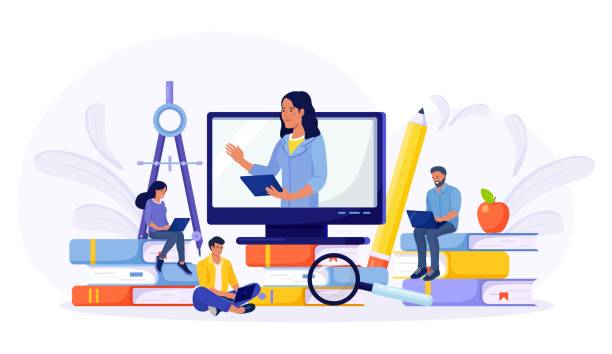Practical Learning
Practical Learning
Practical learning is an essential aspect of education that goes beyond theoretical knowledge, emphasizing hands-on experience, real-world application, and active engagement. Uttam International School, integrating practical learning into the curriculum is crucial for enhancing students' problem-solving skills, critical thinking, and creativity. This approach helps students grasp concepts more deeply and prepares them for real-world challenges. Here's how practical learning can be effectively incorporated into a school environment:
1. Benefits of Practical Learning
-
Enhances Understanding: Practical learning allows students to experience and apply the concepts they learn in the classroom, deepening their understanding of theoretical knowledge.
-
Develops Problem-Solving Skills: Through hands-on activities, students learn to think critically and find practical solutions to problems. This strengthens their analytical skills and ability to make decisions.
-
Boosts Creativity and Innovation: Engaging in practical tasks fosters creativity, as students are encouraged to explore new ideas, experiment, and think outside the box.
-
Improves Retention: Learning by doing helps reinforce information more effectively than passive learning, leading to better retention and recall.
-
Prepares for Real-World Challenges: Practical learning gives students a taste of real-world scenarios, preparing them for life beyond school. They gain skills that are directly transferable to the workplace, such as teamwork, communication, and time management.
-
Builds Confidence: Successfully completing hands-on projects or activities boosts students' self-confidence and encourages a sense of accomplishment.

